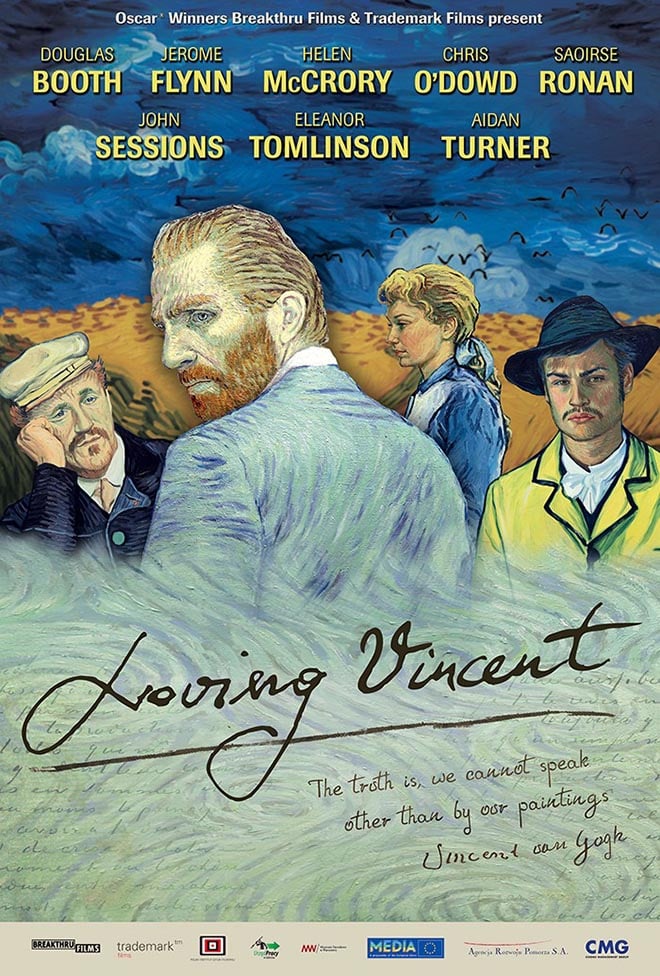Nikolai Foster’s revival of ‘A Streetcar Named Desire’ at The Curve in Leicester was always going to be something to look forward to as it’s arguably the most anticipated reiteration of Tennessee Williams’ original play. It took place in the Studio Theatre, where the stage protrudes into the audience, working well for this particular play.
Charlie Brooks is cast as the main character, Blanche DuBois, a delusional and flirtatious, yet naïve, character. While Stanley Kowalski is played by Stewart Clarke and his on-screen wife Stella is played by Dakota Blue Richards, all of whom seem fit for their respective roles.
From the off, the cast have great chemistry working alongside each other, being more than comfortable on stage and performing, exactly what you’d expect from professionals. Streetcar tells the story of a couple in an unexplainably abusive, yet loving relationship and the problems encountered when the wife’s sister comes to stay. We are taken through the testing of patience of Stanley, a character you have fun hating.
Stewart Clarke portrays Stanley Clarke immensely well. His voice carries through the theatre well, and not once during the performance did he give the slightest hint of him acting out the part; he is the part. He believes that and so did the audience. He really was the stand-out performer by a mile. Blanche is undoubtedly the epicentre of the story but isn’t your typical character. She’s confident and flirtatious, yet still reserved. It is later on you discover her deepest and darkest secrets as well as her delusions.
The former EastEnders actress, Charlie Brooks, tries her utmost best to conceal her cockney accent but struggles to keep this up initially, due to the pace of the script. However, after the first few scenes, she moulds into the character of Blanche very well, almost as if she is hypnotised by her character’s whacky and peculiar personality.
The Curve’s lighting effects for Streetcar are spot on, with sunrises, nightfall and even candlelight portrayed very accurately. This manages to tell a story of time-lapse all on its own, in a minimalist manner, without the need for any speech, allowing for seamless scene transitions. The sound effects however, were an absolute disgrace and were most certainly the biggest downfall of the production. They were very inaccurate and loud enough to put a wince one anyone’s face. Even the cast seemed somewhat uncomfortable when the sound of a supposed steam train, burst through the speakers, each time.
There were one or two surplus props on stage, which made way for some authentic accidents, such as the knocking down of items and things falling out of place during the show. But this is to be expected in a live production and the cast did very well to handle the situations that arose. The high octane nature and malarkey of the final scene was the highlight of the play and the scene at the end with the cast walking slowly through the artificial rain is a great touch, to convey emotion in a minimalist manner. Streetcar is a play that is certainly worth a watch, especially for fans of traditional romance and exquisite theatrical performances.
Overall rating = 3.5/5





